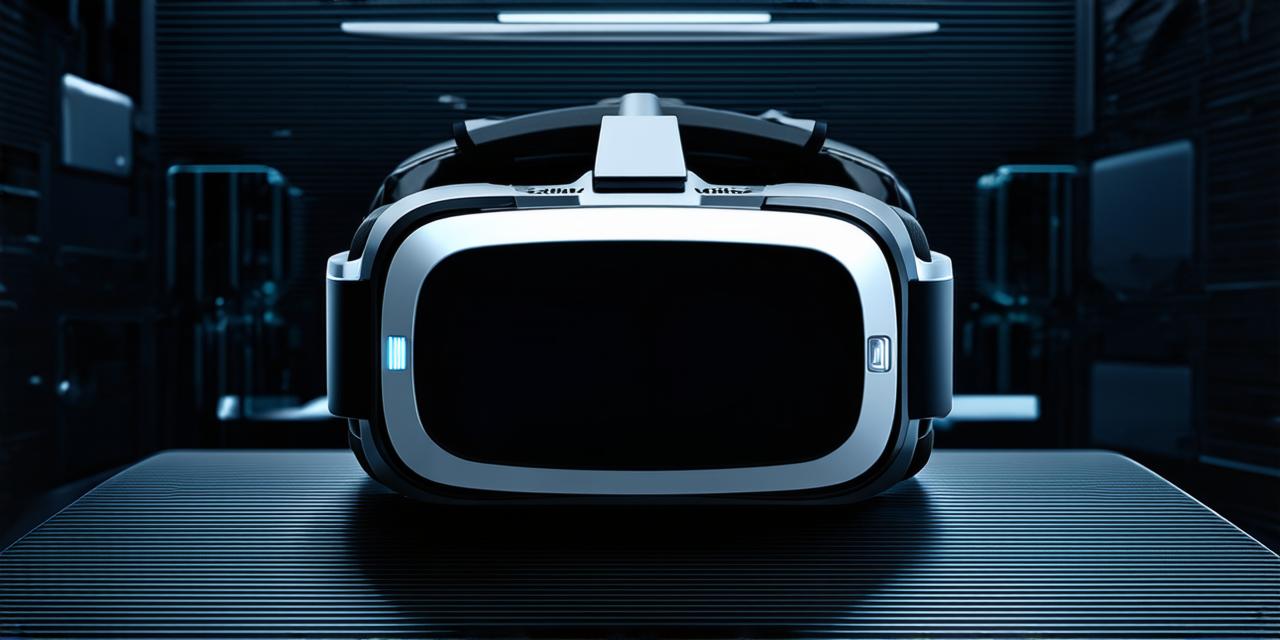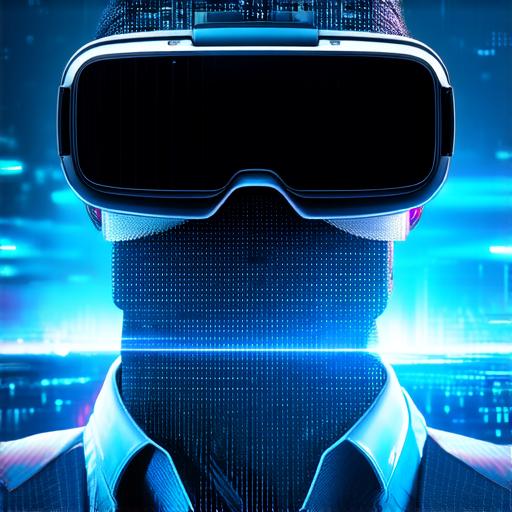
How Virtual Reality Operates
Virtual reality (VR) is an emerging technology that promises to revolutionize the way we interact with digital worlds. With VR, users can immerse themselves in a simulated environment and experience things that were previously impossible.
As VR technology continues to evolve, virtual reality developers have a unique opportunity to create groundbreaking experiences that will captivate audiences around the world.
What is Virtual Reality?
Virtual reality is a computer-generated simulation of a three-dimensional environment that can be interacted with by a user wearing a special headset or other devices. The goal of VR is to create an immersive experience that feels as if the user is physically present in the simulated world.
The Display
The display in a VR headset is responsible for rendering the three-dimensional environment that the user will see. This typically involves using a combination of stereoscopic displays (one for each eye) and advanced graphics processing techniques to create a realistic and immersive experience.
One of the most important factors in creating a high-quality VR display is ensuring that it has a high refresh rate. This is because the human brain is sensitive to motion sickness, and a low refresh rate can cause discomfort and nausea. To avoid this, modern VR displays typically have a refresh rate of at least 90 Hz, with some even reaching up to 120 Hz.
The Tracking System
The tracking system in a VR headset is responsible for monitoring the user’s movements and adjusting the display accordingly. This involves using a combination of sensors and algorithms to detect the user’s position, orientation, and movement in real-time.
There are several different approaches that can be used to track user movement in VR, including optical tracking, magnetic tracking, and inertial tracking. Optical tracking uses cameras to track the movement of markers attached to the user’s body or equipment, while magnetic tracking uses sensors to detect changes in the Earth’s magnetic field.
Inertial tracking uses accelerometers and gyroscopes to detect changes in the user’s motion and orientation.

Once the tracking system has detected the user’s movements, it sends this information to the display, which adjusts the environment accordingly. This allows the user to interact with the simulated world in a way that feels natural and intuitive.
Real-Life Applications of VR
Virtual reality technology is already being used in a variety of industries, from gaming and entertainment to healthcare and education. Some examples of real-life applications of VR include:
- Training simulations for pilots, soldiers, and other professionals
- Therapy for patients with conditions such as PTSD or phobias
- Virtual product prototyping and design
- Immersive educational experiences for students
One of the most exciting applications of VR is in the field of medicine. For example, virtual reality can be used to simulate surgical procedures, allowing doctors to practice and perfect their techniques before performing them on real patients. This can help to reduce the risk of complications and improve patient outcomes.


